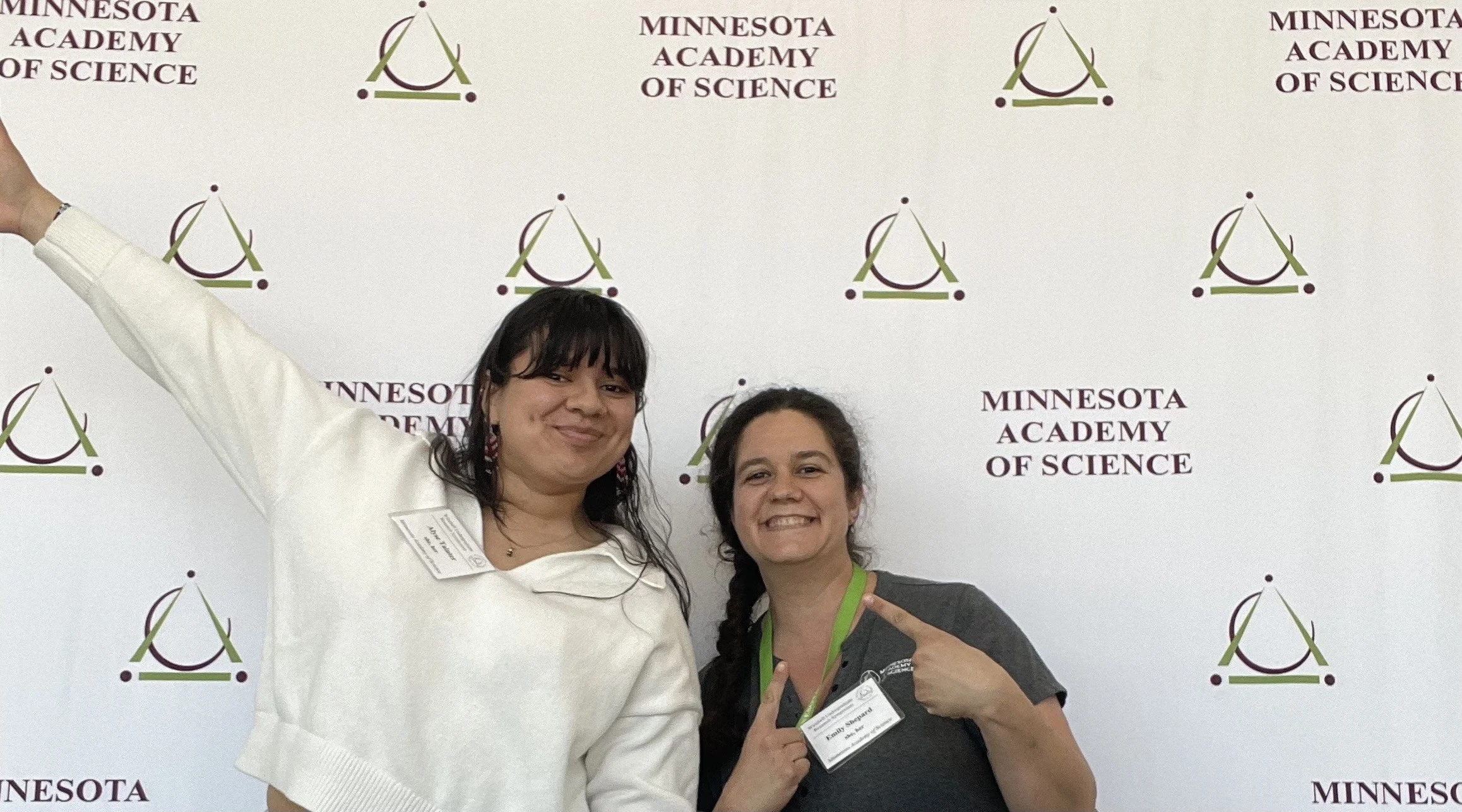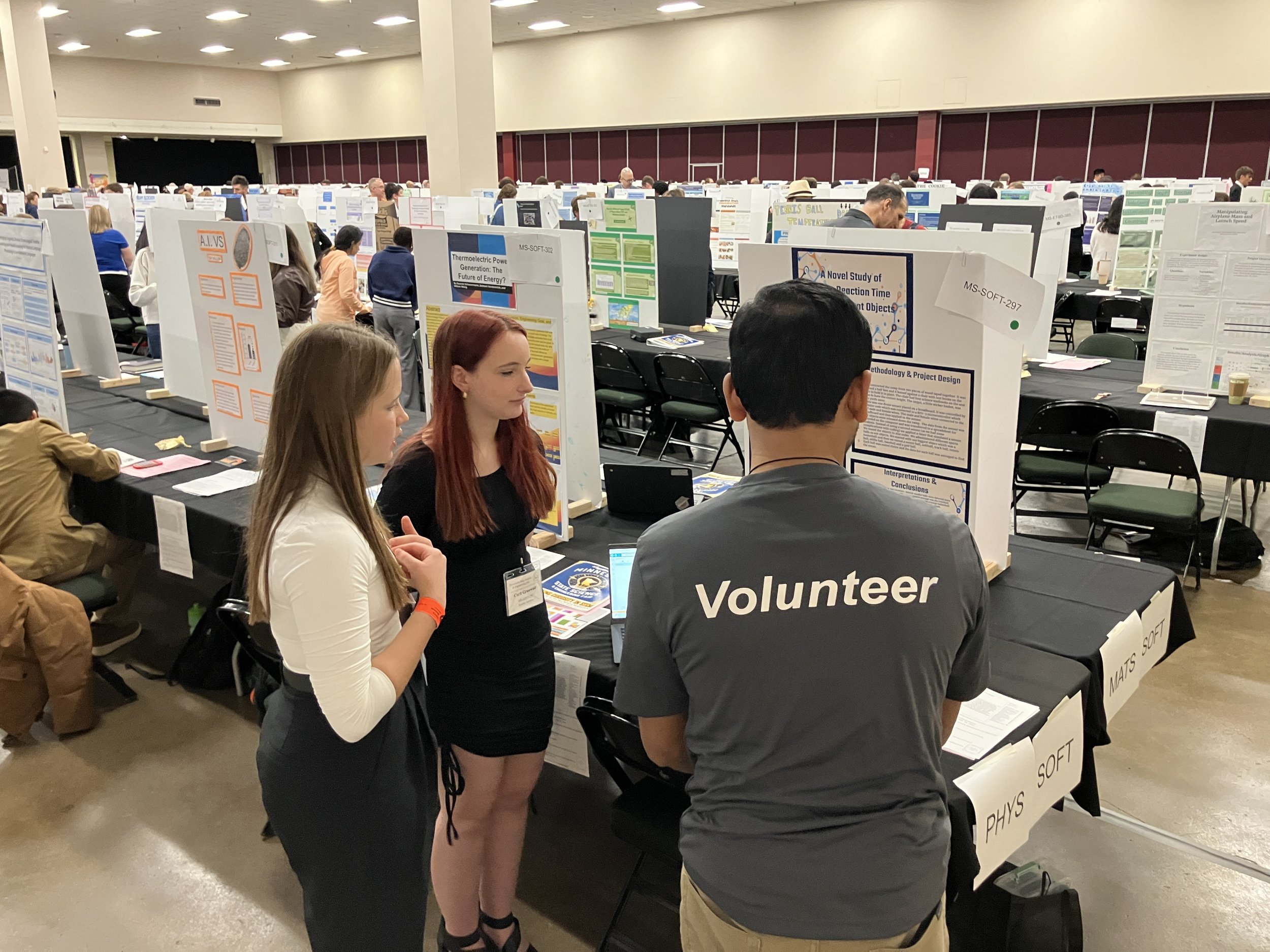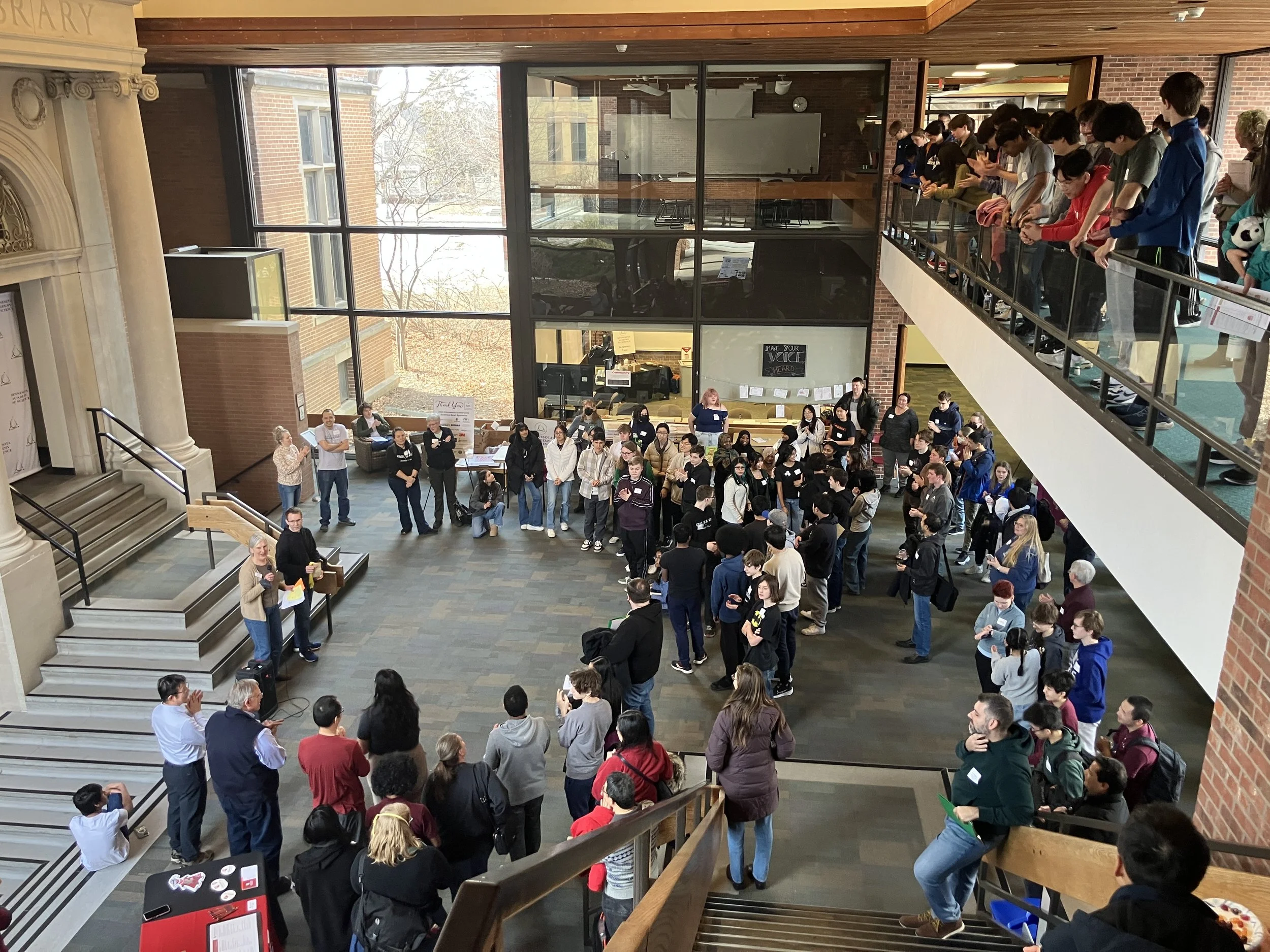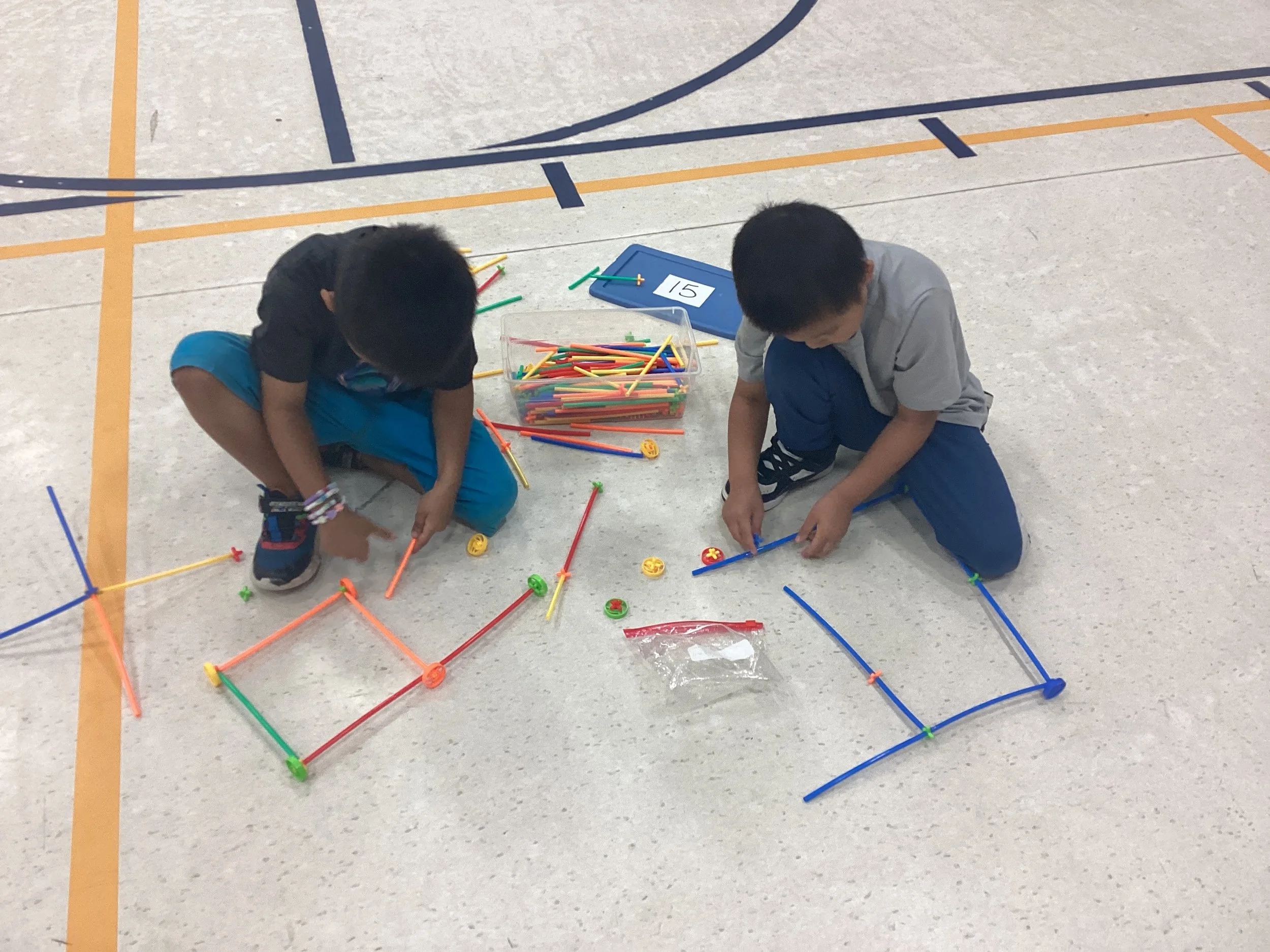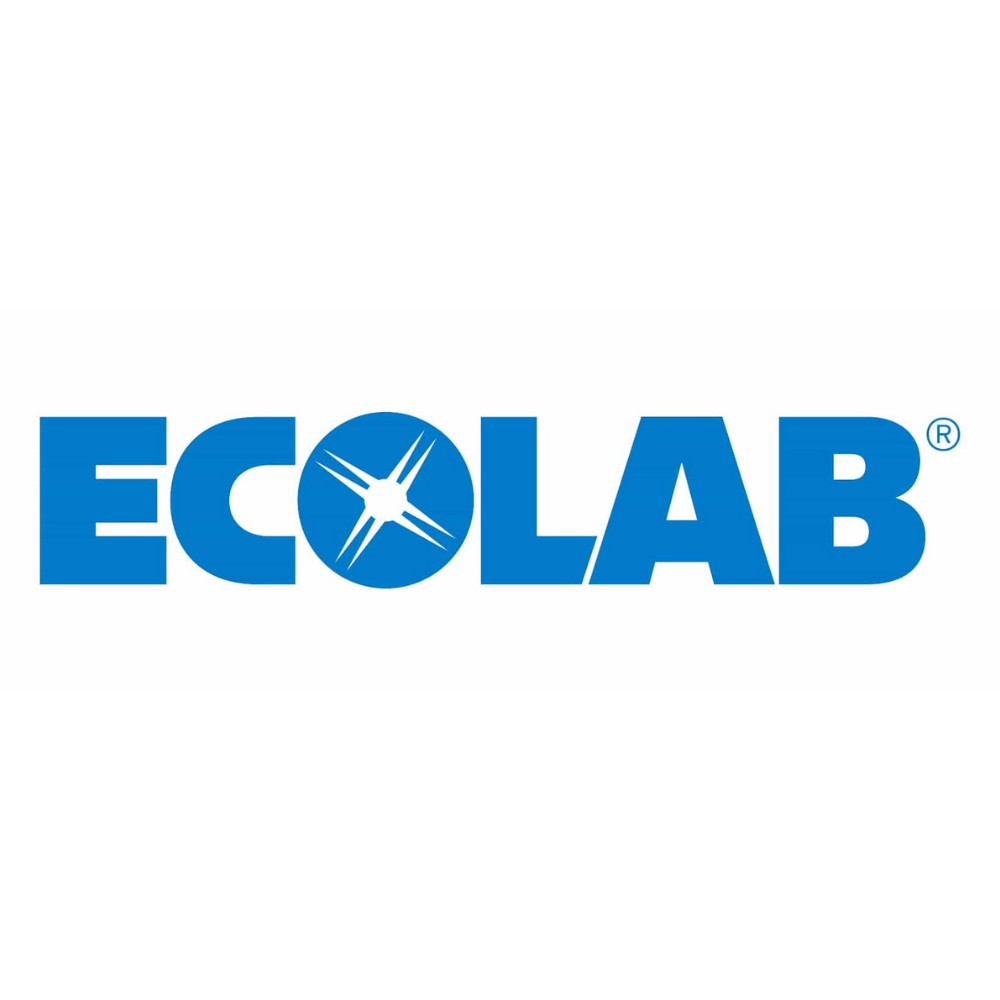IN THIS ISSUE: MN STEM Notes: Increased Precipitation and Stream Flow | From the MAS Archives: Evening Grosbeaks | MAS Membership Updates | MN Science Museum Openings | STEM from Home Resources | MN STEM News and Events
MN STEM Notes: Increased Precipitation and River Flows
From the mighty Mississippi to our 11,842 lakes, water is central to Minnesota's landscape - and consequently our economic and social systems. Hence, understanding watershed drainage is an important and far-reaching topic in our state. Dr. Satish Gupta, Professor Emeritus in the Department of Soil, Water, and Climate at the UMN-Twin Cities, is interested in just this, with a focus on how water drains through soil and enters bodies of water.
Graphic showing two kinds of particle packing and the connection between pore spaces and capillary tubes (Gupta and Thoma, 2002. Encyclopedia of Soil Science, Marcel Dekker, Inc.)
Soil 'packing' is key to water drainage, even in areas that have been altered by people such as agricultural fields with tile drains. Dr. Gupta explains that central to the concept of soil packing are "empty spaces between particles called pore spaces and smaller tubes connecting these pore spaces called capillaries. Volume of pore spaces determines how much water is held in a soil and the diameter of the capillaries determines how fast the water moves to a tile drain. Since not all soil particles are of the same size, packing results in various size pores and capillaries. These variations result in different amounts of water being held and different rates of water movement to a drain tile at different soil wetness. Wet soils drain fast because water is held with less force and because it moves through bigger capillary tubes."
Dr. Gupta's recent work has investigated the connection between increased precipitation and stream flow in Minnesota. In an analysis of tile-drained watersheds in Minnesota and Iowa, Dr. Gupta and colleagues found that rises in precipitation since 1976 is the main driver of increased stream flow. Increased precipitation has also been linked to changes in the amount of nitrogen found in rivers of the Upper Midwest. As climate change results in Minnesota becoming wetter, managing river flows and nitrogen loads through wetlands will be an increasingly important topic.
MN STEM Notes is a periodic feature of the MAS newsletter designed to provide an introduction to an important topic of current research in the Minnesota STEM community.
From the MAS Archives: Evening Grosbeaks
"There is, perhaps, no bird that comes to Minnesota that is more singularly beautiful in the full perfection of its nuptial plumage, or that attracts more lively interest among all bird-lovers than the Evening Grosbeak. Fitful and uncertain in the manner of its appearance and coming unheralded, as it does, from the little known boreal region where it makes its summer home, there is ever a captivating mystery surrounding it, that adds a certain piquancy to its charm. Wild and secluded as its native haunts are known to be, unexpected tameness and confiding nature which it displays while a visitor among the dwellings of men, but serve to make it the more an object of admiration... In years gone by there was usually in the spring time a goodly assemblage of Evening Grosbeaks in the sugar maple grove on upper Nicollet Island between east and west Minneapolis, where it was an easy matter to keep in daily touch with them... They still resort occasionally to this ancient trysting place in spite of the encroachments of a big and noisy city."
Excerpt from "The Evening Grosbeak in Minnesota" by Thomas S. Roberts, published in Bulletins of the Minnesota Academy of Science, 1910
STEM from Home Resources
Keep engaged in STEM this summer! Here's some new ideas from our continually updated STEM from Home resources page:
Explore Wolf Ridge Environmental Learning Center and your own backyard with Adventures in Learning guides, experiencing nature from a variety of perspectives including science, history, culture, art, and literature
Create tree cookies for classroom teachers through the Minnesota Department of Natural Resources
Investigate groundwater contamination in your area with the Minnesota Pollution Control Agency's new Groundwater Contamination Atlas
Learn about Minnesota carnivores with this new guide from the Natural Resources Research Institute at UMN- Duluth
Print out an archaeology coloring book from the Max Planck Institute for the Science of Human History featuring real research and archaeological projects
Check out our website, facebook, and twitter for many more ways to incorporate STEM into your life!
MAS Membership Updates
Support STEM education throughout Minnesota by becoming a Minnesota Academy of Science member. MAS voting members have the opportunity to participate in elections for Board officers and influence changes to our by-laws. We offer membership levels for students, individuals, and corporations. Renew or sign up directly on our website today! Please email us with any membership questions.
Science Museum Openings
Several Minnesota science museums and zoos are now open to the public with COVID-19 safety measures in place. If you choose to attend, remember to carefully read and observe all guidelines. If you're not comfortable with an in-person visit, opportunities abound for experiencing our local scientific institutions from the comfort of your own home, check our STEM from Home page for resources!
Bakken Museum*, Minneapolis
Bell Museum*, St. Paul
Como Zoo and Marjorie McNeely Conservatory*, St. Paul
Great Lakes Aquarium, Duluth
Jay C. Hormel Nature Center, Austin
Landsacape Arboretum*, Chaska
Minnesota Zoo*, Apple Valley
*Advanced tickets required
If you know of additional reopened scientific institutions, let us know, and we will include them in the September newsletter.
Minnesota STEM News
Renewable Energy: UMN-Morris now has a net-zero electricity carbon footprint.
Archaeology: Red pine tree-ring data reveals Anishinaabeg land use and fire occurrence in the Boundary Waters Canoe Area Wilderness.
Biological Engineering: UMN-Twin Cities researchers work to quickly generate spike proteins for COVID-19 research and vaccine development.
Wildlife Biology: Statewide project studies trumpeter swan movement using GPS transmitters.
Invasive Species: DNR removes 18 invasive carp from watershed in southwestern Minnesota.
Biology: St. Cloud State professors study the ability of amphibians to fluoresce.
Environmental Engineering: UMN-Duluth professor works to develop low-cost sulfate reduction systems for Minnesota.
Wildlife Biology: Duluth's Natural Resources Research Institute monitors frog and toad populations in Great Lakes wetlands.
Engineering: UMN-Twin Cities team develops robot to disinfect areas during COVID-19 pandemic.
Environmental Research: 2020 summer Great Lakes water temperatures are breaking records.
MAS STEM Distance Learning Survey
STEM Educators, parents, and students - how can the Minnesota Academy of Science assist you with distance learning? Please complete our short survey to help us understand your biggest challenges so we can provide helpful resources and support for STEM learning in the upcoming school year. Ideas and comments are also welcome via email.
STEM Events (Mostly Virtual!)
The Critical Intersection of Racial Injustice & Climate Change, Climate Generation, August 6
Prairie Plants for Minnesota, The Landscape Arboretum, August 6
Remembering Past Pup Introductions, International Wolf Center, August 8
Women in the Woods, Dodge Nature Center, August 11
Native Bees Lecture, Cedar Creek Ecosystem Science Reserve, August 11
Asteroid Adventures and Majestic Meteors, Minnesota Institute for Astrophysics, August 12
Limnology 101, Rainy-Lake of the Woods Watershed, August 12
Book Club: Braiding Sweetgrass, River Bend Nature Center, August 13
Ticks, Mosquitoes, and Our Health, Sugarloaf: The North Shore Stewardship Association, August 15
Deadline for UMN Robotics Video Challenge, August 15
Current events in Astronomy, Minnesota Institute for Astrophysics, August 19
Forestry and Water Quality, Rainy-Lake of the Woods Watershed, August 19
Migratory Monarchs, Dodge Nature Center, August 22
Foraging Hike, Ney Nature Center, August 22
Stewardship Days, River Bend Nature Center, August 24 and 28
Best Management Practices for Pollinators on Rangelands, Monarch Joint Venture, August 25
Deer Resistant Plants for Minnesota Landscapes, The Landscape Arboretum, August 27
Algae 101, Rainy-Lake of the Woods Watershed, September 2
Fungi Lecture, Cedar Creek Ecosystem Science Reserve, September 8
Reforest the Red Fargo, River Keepers, September 9
Anishinaabe Water Governance in the Treaty 3 Area, Rainy-Lake of the Woods Watershed, September 9
Prairie Dropseed, A Critical Native Grass, The Landscape Arboretum, September 10
Code Switch kickoff, Techquity, September 12
Emerald Ash Borer Lecture, Sustainable Forests Education Cooperative, September 15
Minnesota Tech Connect Virtual Conference, Minnesota Technology Association, September 23
Curiosity Drives Progress Lecture Series, UMN College of Science and Engineering, October 8
Code Switch Celebration, Techquity, October 10
Practical Applications of an Indigenous Model of Sustainability, Sustainable Forests Education Cooperative, October 20













